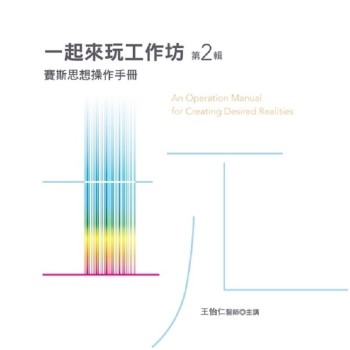This portrait of Calvin Coolidge reveals an astute politician and thinker seeking to restrain the unprecedented spending pressures of the 1920s and maintain a limited role for the federal government within his definition of progressivism. He did so without a strong party caucus in Congress. Instead, he used considerable rhetorical skills, a knack for publicity, and the advent of radio and other new forms of mass-circulation media to sway public opinion and keep his priorities at the forefront of national politics throughout his presidency. The book argues that, although Coolidge has been seen as the inspiration for supply-side economics and tax cuts amid growing budget deficits since the 1980s, his policy was to secure budget surpluses and debt reduction before tax cuts. The book examines his approach to the issues that continue to trouble American politics today, including questions about the scale and scope of the federal government.
| FindBook |
|
有 1 項符合
calvin murphy的圖書 |
 |
$ 2997 | Calvin Coolidge: The Presidency and Philosophy of a Progressive Conservative
作者:Murphy 出版社:McFarland & Company 出版日期:2023-06-08 語言:英文 規格:平裝 / 228頁 / 22.86 x 15.24 x 1.17 cm / 普通級/ 初版  看圖書介紹 看圖書介紹
|
|
|
圖書介紹 - 資料來源:博客來 評分:
圖書名稱:Calvin Coolidge: The Presidency and Philosophy of a Progressive Conservative
|











